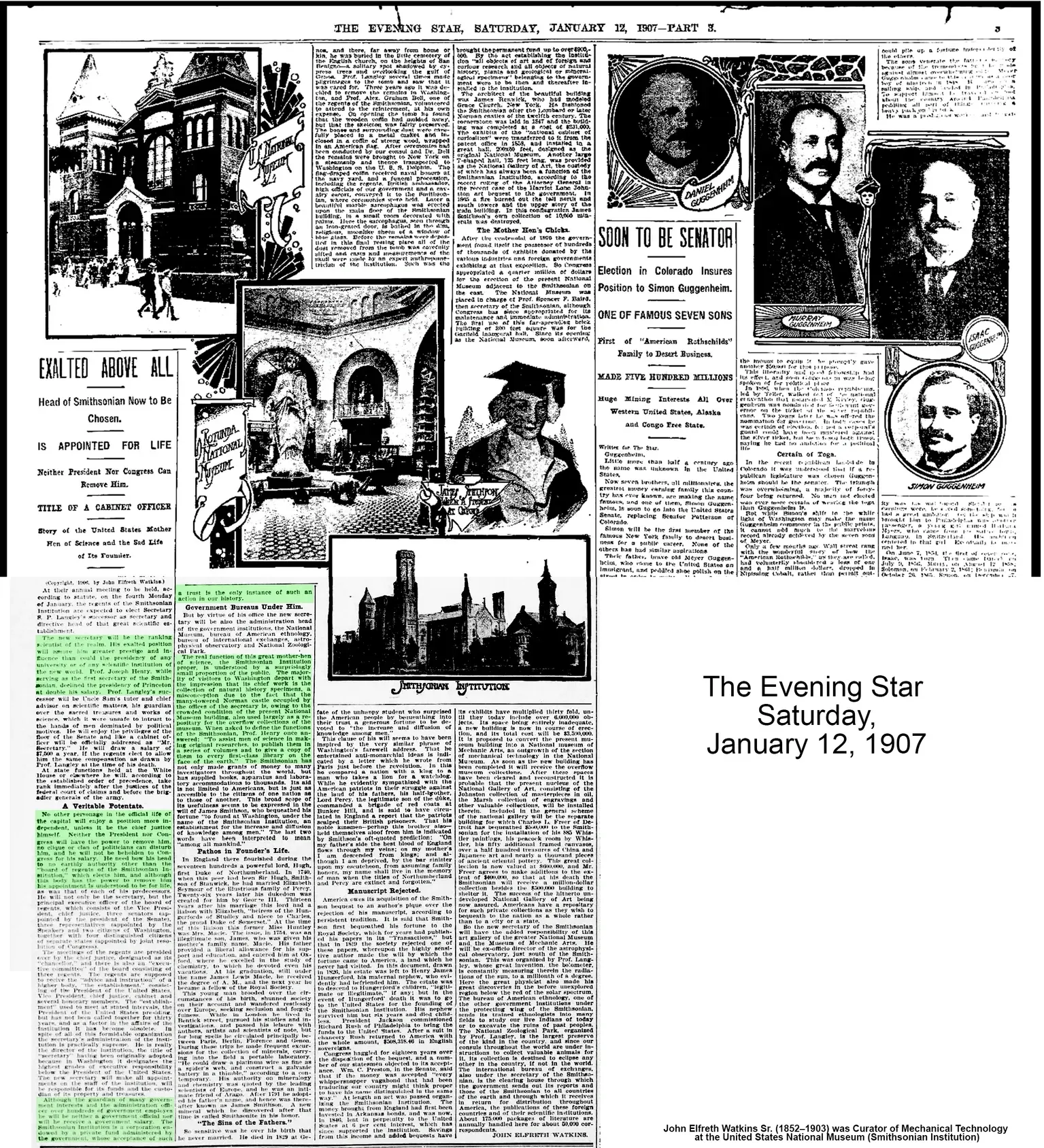Freedom of Expression Litigation and the Smithsonian: Legal Battles Over First Amendment Rights in Cultural Institutions

Freedom of expression litigation is a crucial area of law in the United States, encompassing battles over censorship, transparency, and individual rights. At its core, this type of litigation often revolves around the First Amendment, the Freedom of Information Act (FOIA), and guiding principles such as those promoted by institutions like the Smithsonian. Understanding the intersection of these elements is key to grasping how the U.S. legal system protects—or sometimes limits—free speech and access to government information.
The First Amendment and Free Speech
The First Amendment to the U.S. Constitution guarantees that “Congress shall make no law… abridging the freedom of speech, or of the press.” This foundational principle protects individuals and organizations from government censorship and ensures the right to speak, write, and publish freely. In freedom of expression litigation, courts frequently rely on First Amendment precedent to determine whether speech is protected or whether restrictions imposed by the government are constitutional.
Notably, this includes not just spoken words, but symbolic speech (like protests and art), digital communication, and even corporate speech. Landmark cases such as New York Times Co. v. United States (1971), also known as the Pentagon Papers case, underscore the role of the First Amendment in blocking prior restraints on the press and enabling the publication of sensitive government documents in the public interest.
FOIA and Government Transparency
While the First Amendment protects expression, the Freedom of Information Act (FOIA) ensures access to government records. Signed into law in 1966, FOIA allows individuals and organizations to request documents from federal agencies, thereby promoting transparency and accountability.
In freedom of expression litigation, FOIA plays a vital role, especially when access to information is necessary to support journalistic investigations, academic research, or advocacy. When government agencies withhold documents or delay responses, legal action under FOIA can be pursued to compel disclosure. This dynamic between secrecy and access often leads to courtroom battles that define the boundaries of both privacy and the public’s right to know.
The Smithsonian Constitution and Educational Freedom
While not a legal document per se, the so-called "Smithsonian Constitution" represents the institution’s commitment to the dissemination of knowledge and public education. The Smithsonian Institution operates under a congressional charter and functions as a steward of American heritage and intellectual freedom. Its role in freedom of expression litigation is more indirect but influential. By upholding principles of openness, access to information, and educational outreach, the Smithsonian contributes to the broader ecosystem that values and defends expression.
When lawsuits involve censorship in museums, educational institutions, or public exhibits, the values upheld by organizations like the Smithsonian often guide public opinion and judicial consideration, reinforcing the importance of freedom of expression in democratic discourse.
Conclusion
Freedom of expression litigation stands at the intersection of constitutional rights, public transparency, and cultural freedom. The First Amendment provides a legal foundation, FOIA ensures access to government information, and institutions like the Smithsonian advocate for intellectual openness. Together, they form a robust framework defending the right to speak, learn, and know—fundamental pillars of any thriving democracy.
- Questions and Answers
- Opinion
- Motivational and Inspiring Story
- Technology
- Live and Let live
- Focus
- Geopolitics
- Military-Arms/Equipment
- Sicurezza
- Economy
- Beasts of Nations
- Machine Tools-The “Mother Industry”
- Art
- Causes
- Crafts
- Dance
- Drinks
- Film/Movie
- Fitness
- Food
- Giochi
- Gardening
- Health
- Home
- Literature
- Music
- Networking
- Altre informazioni
- Party
- Religion
- Shopping
- Sports
- Theater
- Health and Wellness
- News
- Culture

